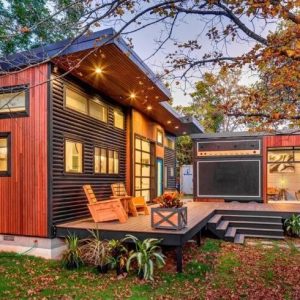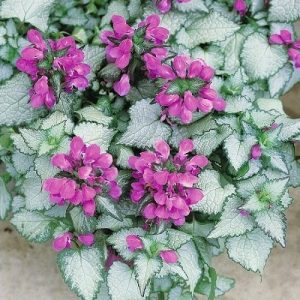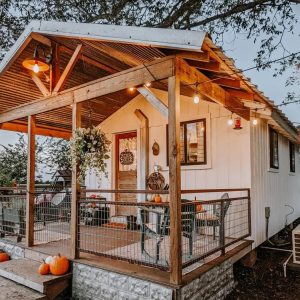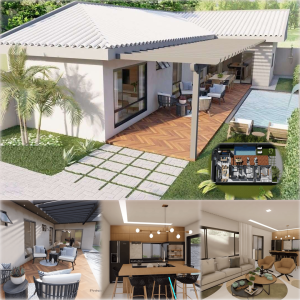BASICS
Botanical name:
Caladium bicolor, syn. Caladium x hortulanum
Common names:
Caladium, angel wings, and elephant ears (a name shared by several different species of large-leaf tropical plants)
Plant type:
Tuberous tropical perennial
Zones:
Perennial in zones 9-11; can be grown as an annual or houseplant elsewhere.
Height:
18 to 24 inches; dwarf forms under 12″ are also available.
Season of interest:
From June until frost.
Leaf types:
Caladiums are divided into two main leaf types:
- Fancy-leaf caladiums generally have large heart-shaped leaves, sometimes growing to more than a foot long.
- Strap-leaf varieties typically have narrower arrow- or lance-shaped foliage. Plants are more compact and a bit more cold tolerant.
Although the leaves of both types tend to be thin and fragile, some newer varieties, such as Proven Winners’ Heart to Heart™ line, have been bred to have thicker leaves, making them more sun tolerant and resistant to tearing.
Toxicity:
All parts of the plant are poisonous if ingested. Keep out of reach of pets and children. Sap from the leaves or stems can also cause minor skin irritation.
2022 Caladium of the Year:
PLANTING INSTRUCTIONS
What to plant:
In late spring, you can buy potted caladiums at local nurseries or grow them yourself from tubers. Tubers generally come in three sizes: medium (No. 2), large (No. 1), and jumbo. Larger tubers typically produce more leaves and reach maturity faster, which is an asset if you have a short growing season.
Where to plant:
Filtered sun or shade, with the exception of newer varieties that can tolerate more sunlight. The leaf colors are often more vibrant when grown in shade. Because of the large leaves, locate plants in a spot sheltered from strong winds to avoid damage.
Soil:
Plant in a moist, rich, well-drained soil amended by compost or other organic matter.
When to plant:
Because caladiums are natives of the tropics, they crave heat and will only flourish in warm air and soil temperatures. Wait until daytime temperatures are 70° to 85° F and nighttime temperatures stay above 60° F. Depending on your growing zone, this can be as early as mid-March (zones 9-11) or as late as mid-June (zones 3-4). In northern areas of the country, caladiums often do best in containers because the soil warms up faster.
How to plant:
If growing from tubers, plant them in garden beds about 1½ to 2 inches deep with the pointed end (stem) pointing up. Space plants about 8 to 12 inches apart, based on their size at maturity. In cooler climates, you can start tubers indoors in early spring, using methods similar to those recommended for tuberous begonias.
If planting potted caladiums, acclimate them to outdoor conditions before putting them in the ground.
CALADIUM CARE
Watering:
Provide enough moisture throughout the growing season to keep the soil evenly moist. If you allow the soil to dry out, the leaves may yellow and drop. Apply a layer of mulch around your plants to help retain moisture.
Fertilizing:
Caladiums don’t need a lot of fertilizer, and using too much can burn the leaves. The horticulturists at Proven Winners recommend using a controlled-release fertilizer at 1/4 strength of what you would normally use for flowering plants. Liquid fertilizer may also be used.
Overwintering:
In warmer climates (Zone 9 or higher), tubers will go dormant and the foliage will die back. Simply cut the leaves to the ground and leave the tubers in the ground. In colder climates (Zone 8 or below), you must dig them up in the fall before frost if you want to replant them the following spring. When the leaves die down naturally in the fall, allow the soil to dry out, then dig up the tubers and store them in a dry location no cooler than 65° F.
Propagation:
Divide tubers in spring after bringing them out of winter storage. Cut each tuber into smaller pieces that contain at least one “eye” or knob from which new growth will start. Allow the cut pieces to dry for a day before planting.
GROWING INDOORS
Where to grow:
This is the perfect houseplant for warm rooms with sauna-like conditions, such as bathrooms, sun rooms, and solariums. Avoid exposing to drafts and temperature fluctuations. When summer arrives, you can move your pots outdoors to a shady porch or patio.
Light:
Provide at least 4 hours of filtered sunlight from a bright south, east, or west window. Too much sun exposure can cause scorched leaves.
Water requirements:
Keep the soil evenly moist, but allow it to dry out when the leaves start to die back in fall. (Even indoors, caladiums will enter a seasonal dormancy period.) You can resume watering when new growth starts.
Temperature and humidity:
Between 60° to 65° F at night and 70° to 75° F during the day. Grow in a high-moisture environment or use a humidifier to increase moisture levels. Frequent misting can also help boost humidity.




















